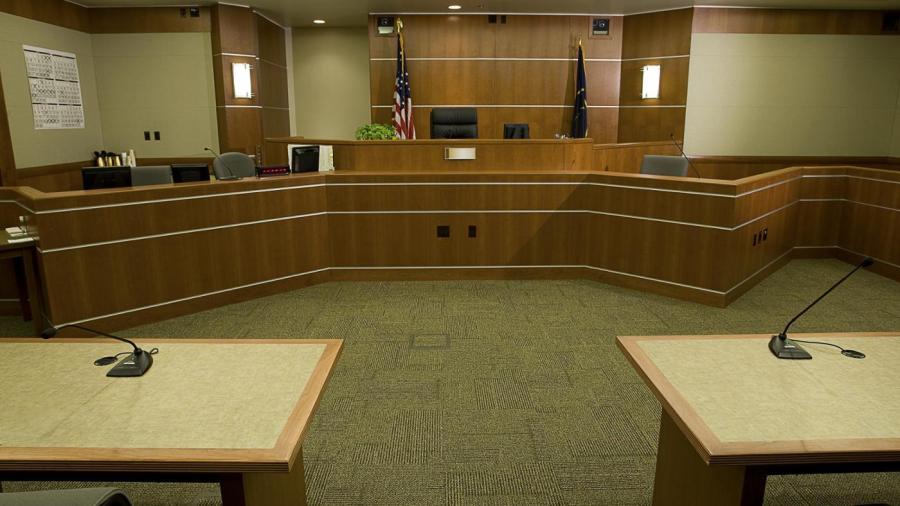What Happens at a Show Cause Hearing?

A show cause hearing is a court proceeding wherein one party seeks relief from another by presenting facts for or against a show cause order, according to Nolo. In divorce proceedings, a show cause hearing occurs when one party believes the other is not following court-ordered visitation, child support or parental rights. A judge makes a show cause order based on the facts presented during the show cause hearing.
For example, if a noncustodial parent believes the other party is not showing up on time for court-ordered visitations as set forth in a divorce decree, the aggrieved party files a “Motion for an Order to Show Cause” to initiate a hearing. At the hearing, the custodial parent must explain his actions before the court. Nolo reveals that a family law judge determines what relief, if any, is given to the aggrieved party if the facts support the motion.
The New York State Unified Court System explains that motions against an “Order to Show Cause” can be filed the day of the hearing. If any party fails to appear after notification of the hearing date, a default judgment may be rendered against the absent party. Sometimes, a judge may decide more hearings are necessary before deciding for or against the Motion for an Order to Show Cause.





